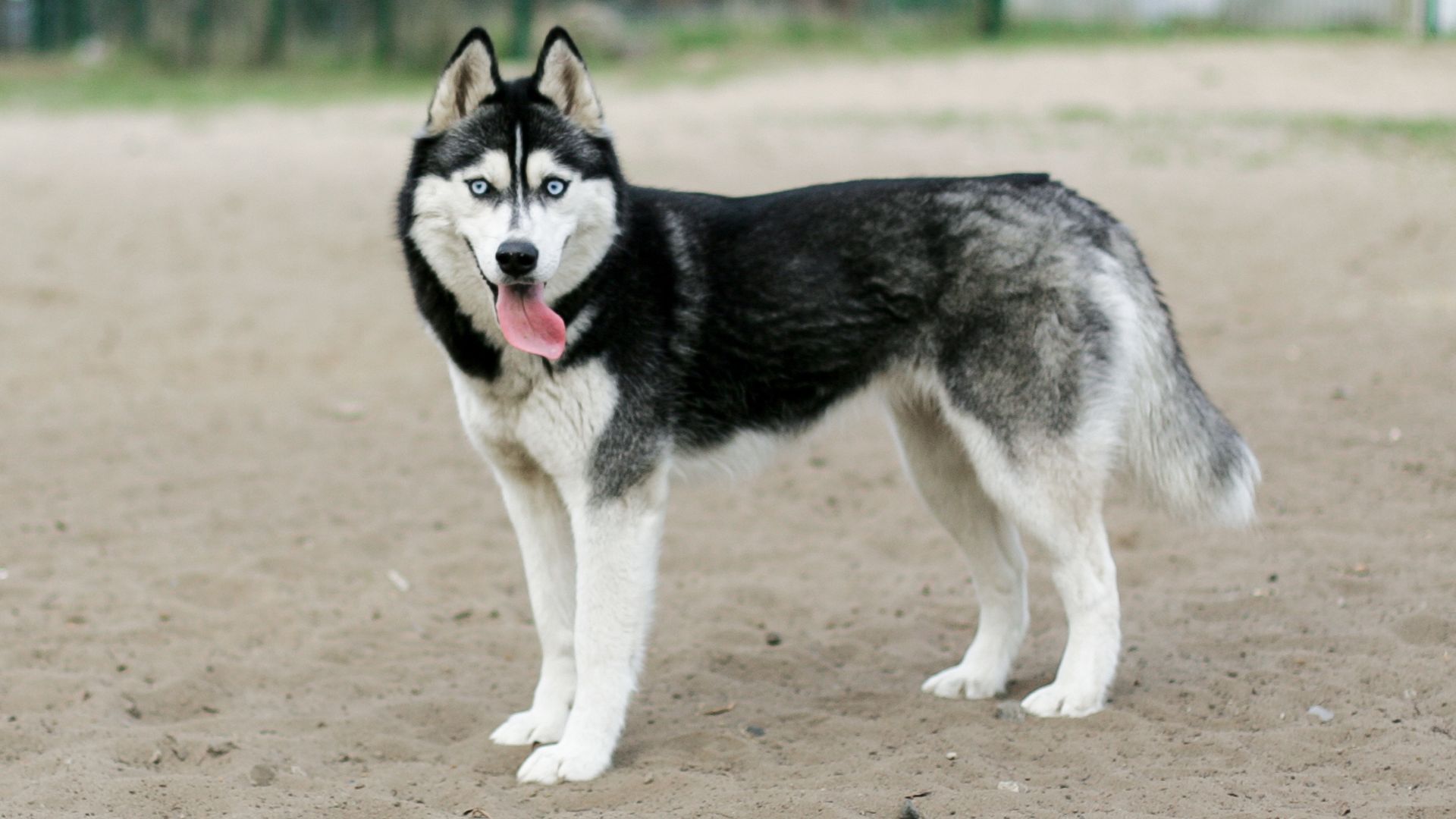Bringing a dog into your life is an exciting journey filled with love, laughter, and plenty of wagging tails. But along with the joy comes responsibility—and one of the biggest commitments is training.
While some breeds eagerly soak up new commands, others are far more stubborn, independent, or easily distracted. For families or first-time owners who prefer a more laid-back approach, certain dogs may quickly turn daily life into a frustrating challenge.
It’s not that these breeds are “bad” or unlovable—quite the opposite. Many are affectionate, loyal, and brimming with personality. However, their strong-willed nature, low food motivation, or unique quirks often mean that patience, consistency, and creativity are essential.
Without proper guidance, they may test boundaries or even develop problematic behaviors that make life harder for both pet and owner.
In this article, we’ll explore the dog breeds that experts say require more effort and persistence during training. If you’re not interested in long hours of reinforcement or advanced techniques, these may be the breeds to avoid when choosing your next furry family member.
Dog Breeds to Avoid If You Aren’t Interested in Training
1. Basenji
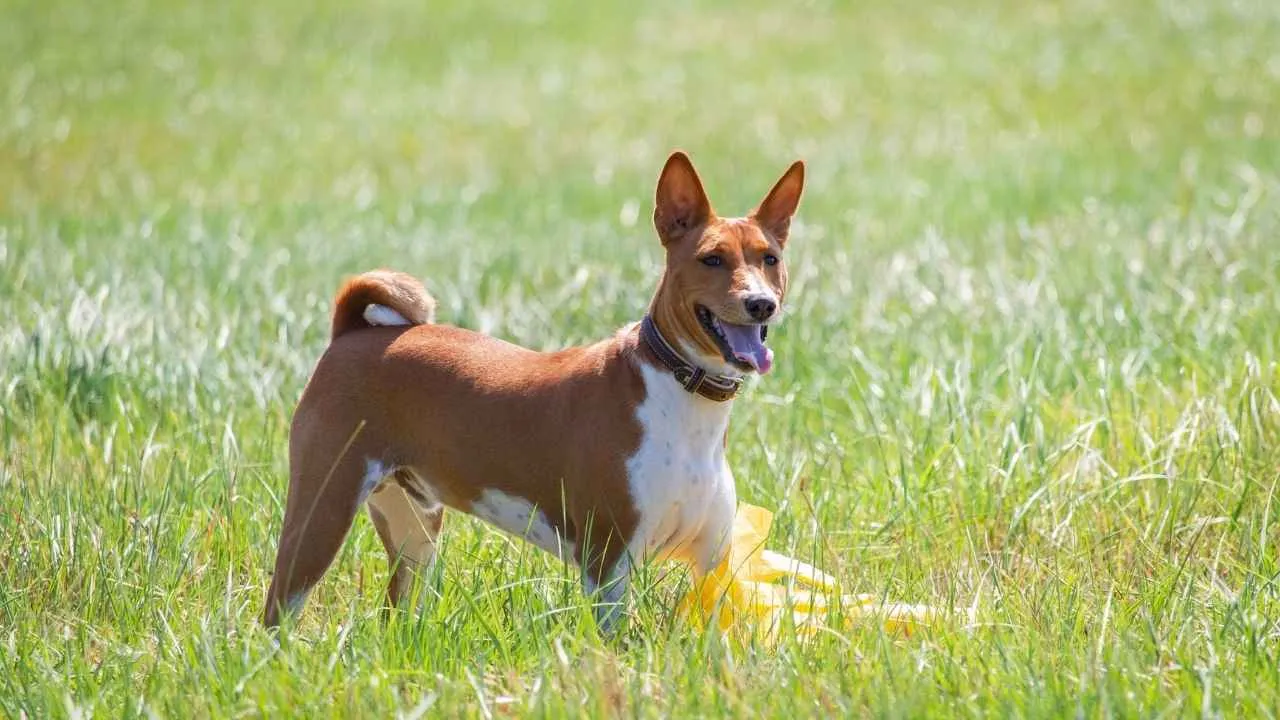
Often called the “barkless dog” or even the “African bush dog,” the Basenji is unlike most breeds you’ll meet. With its upright ears, tightly curled tail, and almost feline independence, this ancient breed has a striking personality.
Known also as the Congo dog, it rarely barks but can produce yodel-like sounds that add to its uniqueness. AKC says they are distinctive and captivating pets, best suited for owners who can handle their exercise requirements and the challenge of training this dog.
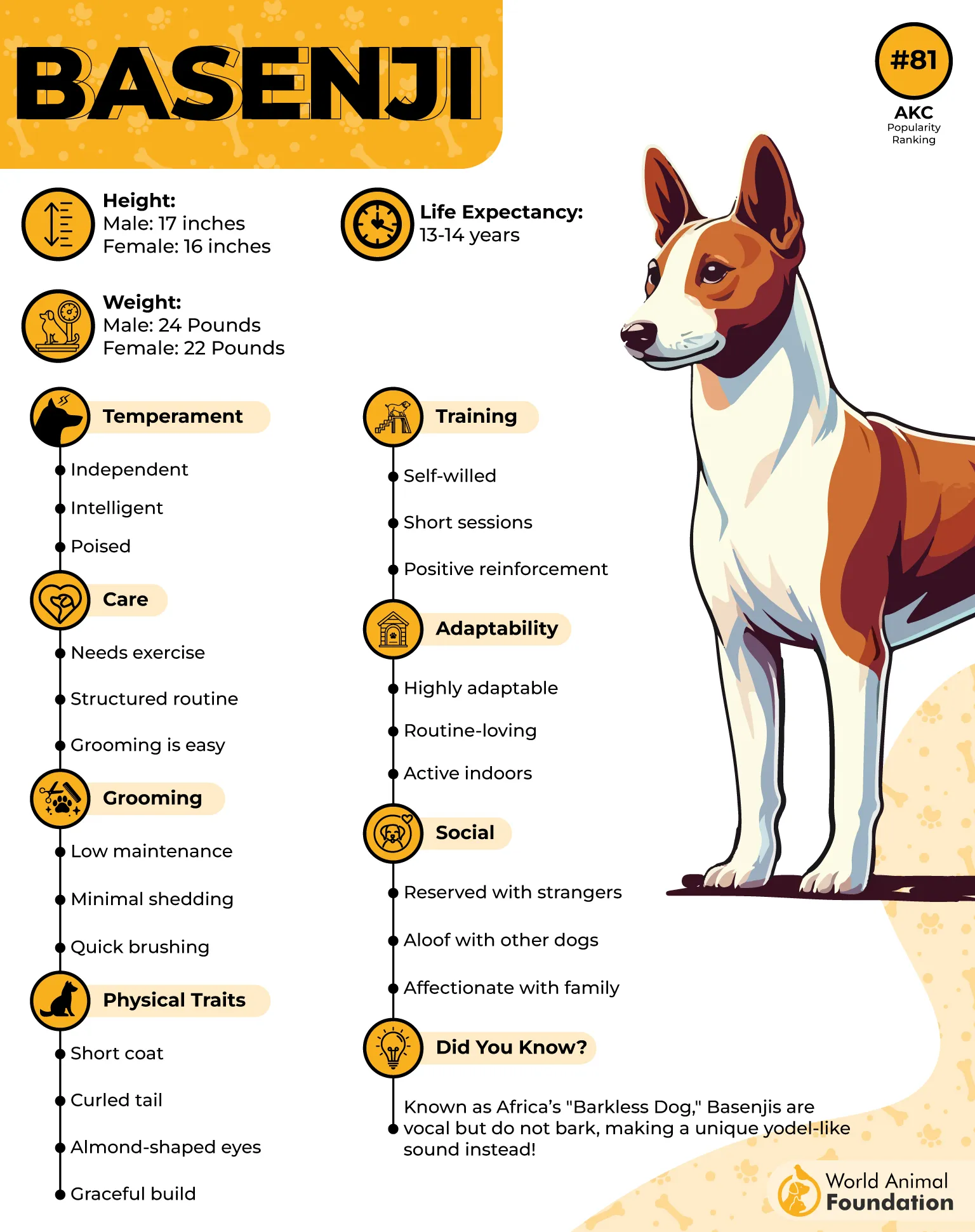
Despite their intelligence and sleek build, Basenjis are far from eager to please. Their cat-like aloofness means they often prefer doing things on their own terms. While this makes them fascinating companions, it also poses challenges when it comes to obedience and responsiveness in training.
For owners uninterested in consistent training, the Basenji can quickly become overwhelming. Their curiosity often gets the better of them, and without guidance, they’re prone to mischief. Traditional repetitive drills rarely work—creative methods like scent games or puzzle toys are more effective in keeping them engaged.
Their high prey drive also makes recall training especially difficult. In distracting environments, even the tastiest treat might not compete with a squirrel darting across the yard. Consistent reinforcement and early socialization are crucial to managing this instinct-driven breed.
Interestingly, Basenjis dislike confinement and can struggle with crate training. Experts recommend introducing the crate gradually, especially during their destructive adolescent phase.
Done properly, it helps them adapt and reduces anxiety when left alone. Fun fact: Basenjis are among the very few breeds that groom themselves like cats, further cementing their reputation as “dog-like cats.”
2. Siberian husky
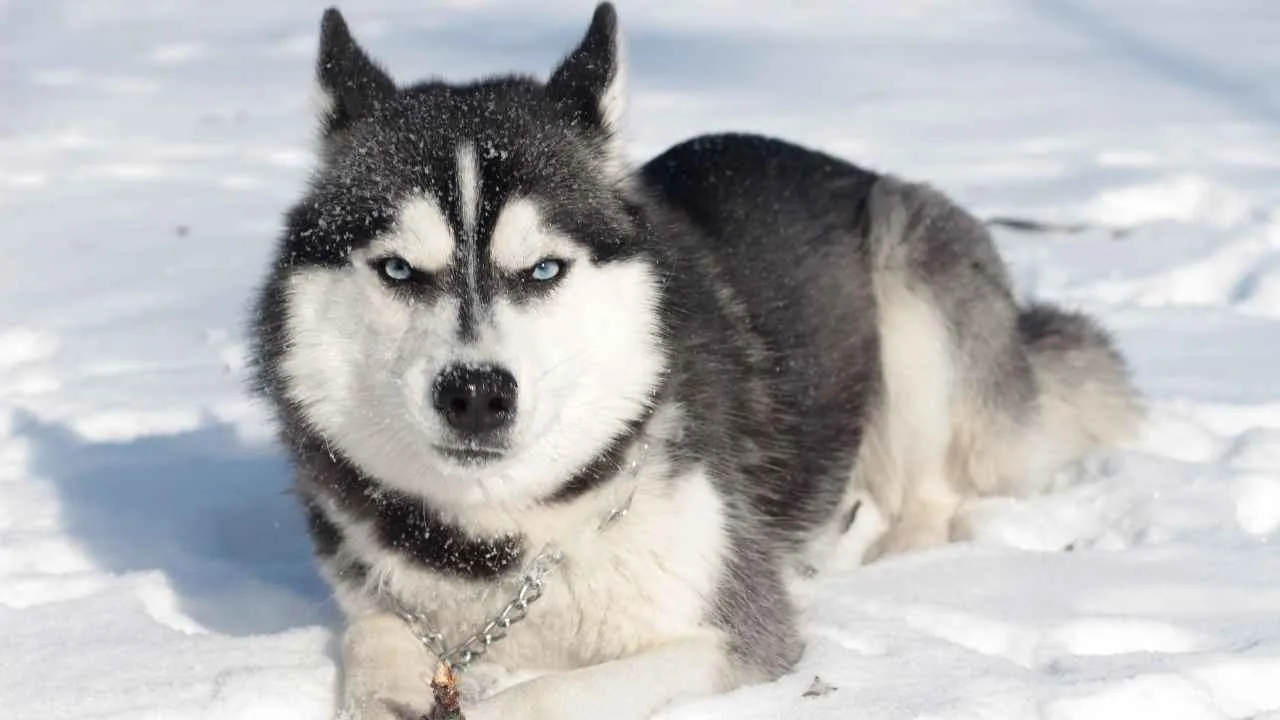
Also known as the Chukcha or Arctic Husky, the Siberian Husky is instantly recognizable for its wolf-like looks, piercing blue or multicolored eyes, and thick double coat. PetMD says that they are friendly and intelligent dogs.
Originally bred as sled dogs, they are built for stamina and endurance, which makes them highly energetic companions. Their striking beauty and frequent appearances in pop culture have only added to their popularity.
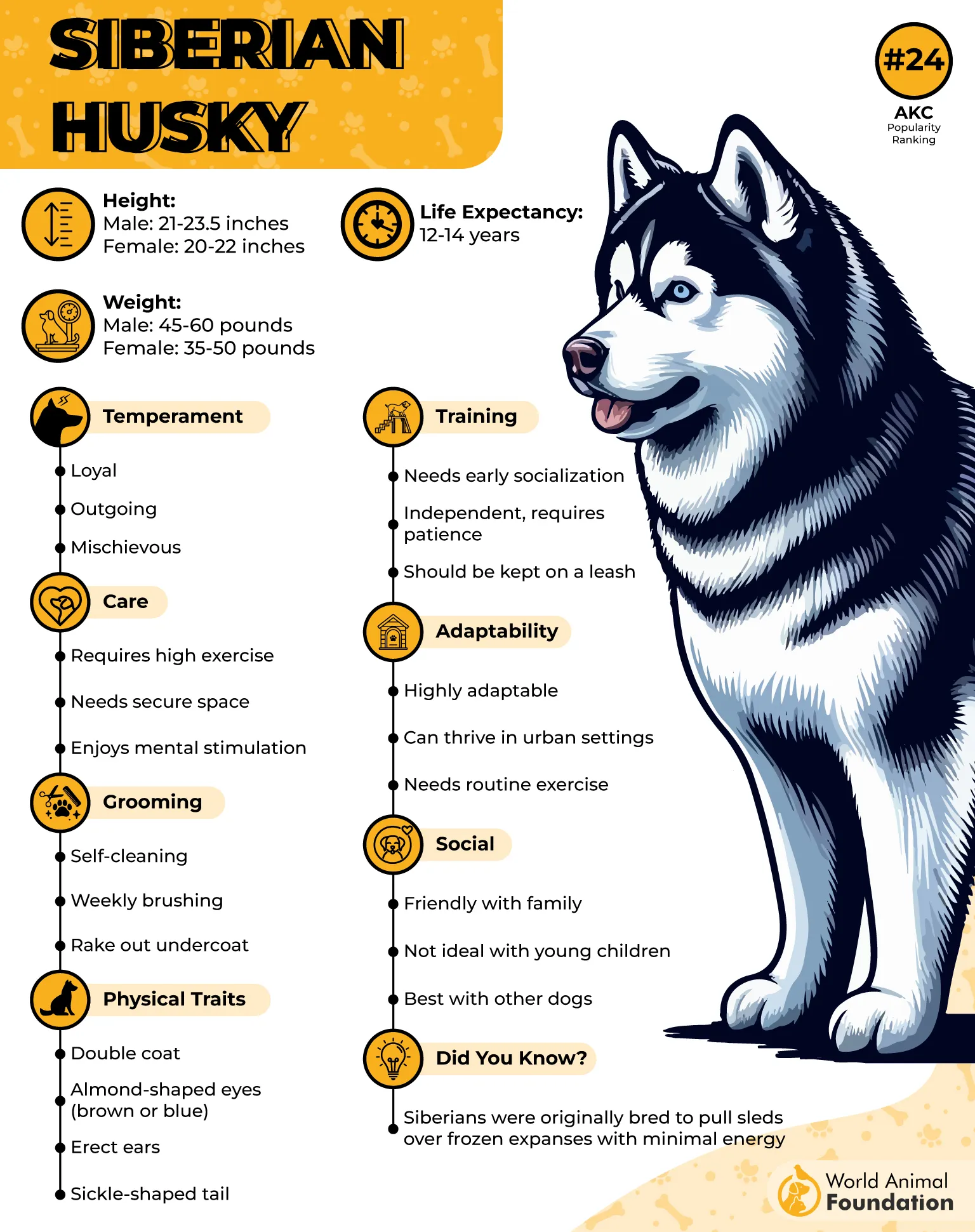
Despite their appeal, Siberian Huskies are not the best choice for owners unwilling to commit to consistent training. Bred to think independently, they can be stubborn and less responsive to traditional training methods. Their intelligence often translates into selective listening, making it challenging for novice owners to keep them engaged.
Because they are natural escape artists, Huskies require secure environments and vigilant supervision. Without proper outlets for their boundless energy, they may dig, chew, or even attempt to run away. Their high prey drive can also lead to chasing smaller animals, complicating training further.
These dogs thrive on structure, but their independence means they will constantly test boundaries. Patience, consistency, and creative ways to channel their energy are essential to prevent destructive behaviors. Without these, frustration can quickly build for both the dog and the owner.
Fun fact: Siberian Huskies are one of the most talkative breeds, often “speaking” through howls, yips, and a wide range of vocalizations.
3. Jack Russell terrier
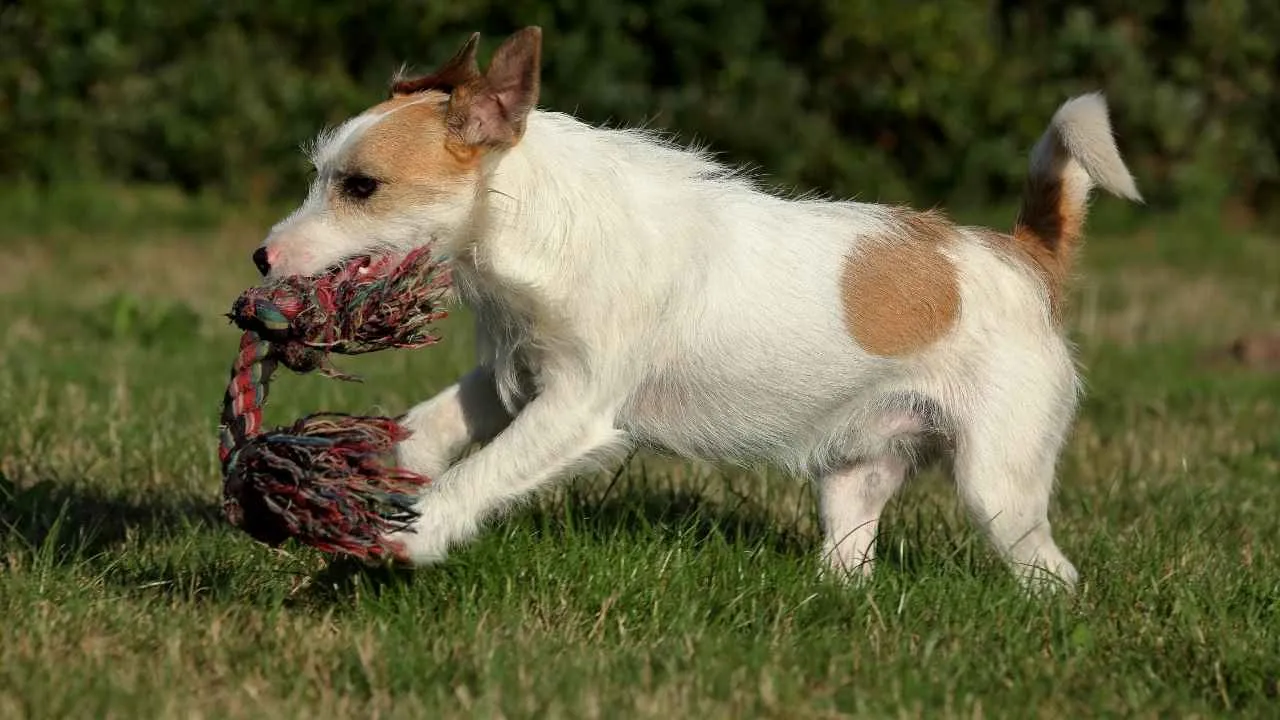
Also known as the Parson Russell Terrier, this small yet muscular dog was originally bred for fox hunting. With their compact size and endless reserves of energy, they’re as fearless as they are determined.
WebMD says Russell Terriers are a friendly and energetic breed. Their alert eyes, athletic build, and high intelligence make them both charming and challenging companions.
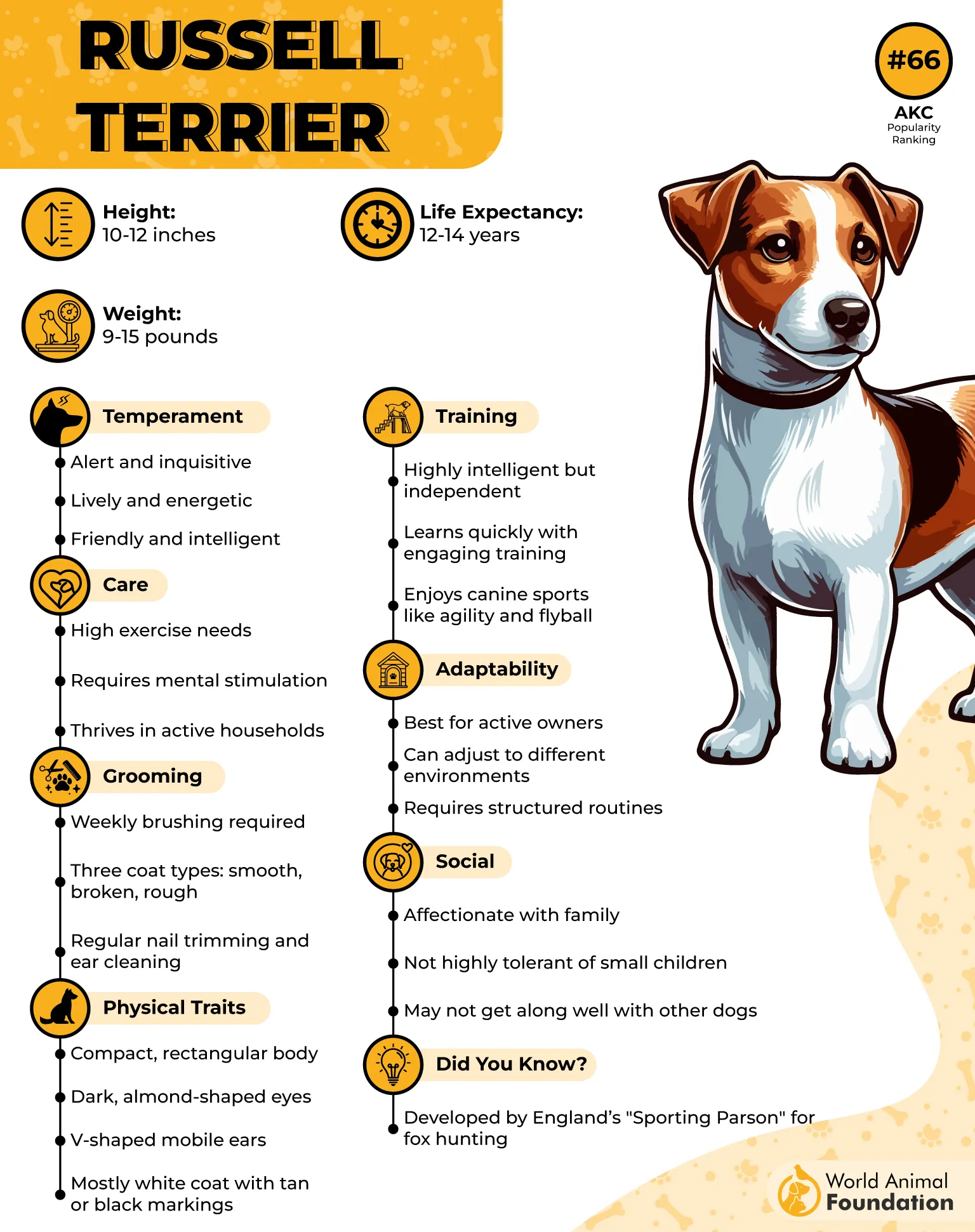
Don’t let their playful appearance fool you—Jack Russells are notoriously strong-willed. Their intense prey drive, inherited from their hunting background, means they often act on instinct rather than listening to commands. This independent streak is part of what makes training them such a test of patience.
For owners not interested in consistent training, the Jack Russell can quickly become overwhelming. Their quick minds crave stimulation, and without proper outlets, they’ll resort to destructive behaviors. Teaching them even basic commands can turn into a battle of wills, as they prefer to do things their own way.
These dogs are best suited for experienced owners who enjoy structured training and daily mental challenges. Games and trick training aren’t just fun activities—they’re essential to keeping this breed focused and cooperative. A bored Jack Russell is a mischievous one.
Fun fact: Despite their small size, Jack Russells can jump up to five feet high from a standstill, a reflection of both their boundless energy and hunting heritage.
4. Rottweiler
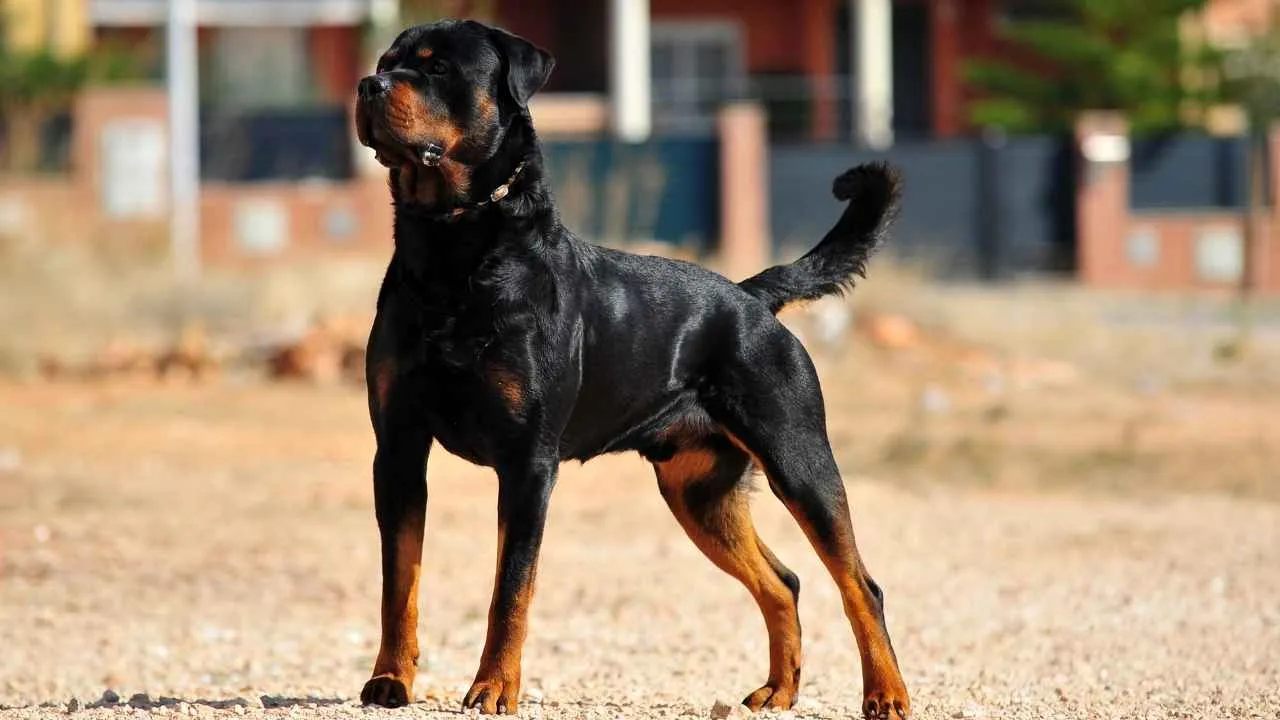
The Rottweiler, also called “Rottie,” is a powerful working breed originally bred for herding cattle and pulling carts. With their stocky, muscular build and distinct black-and-tan markings, these dogs are as striking as they are loyal.
Known for their devotion, Rottweilers often bond so closely with their owners that they can become protective to a fault if not properly managed.
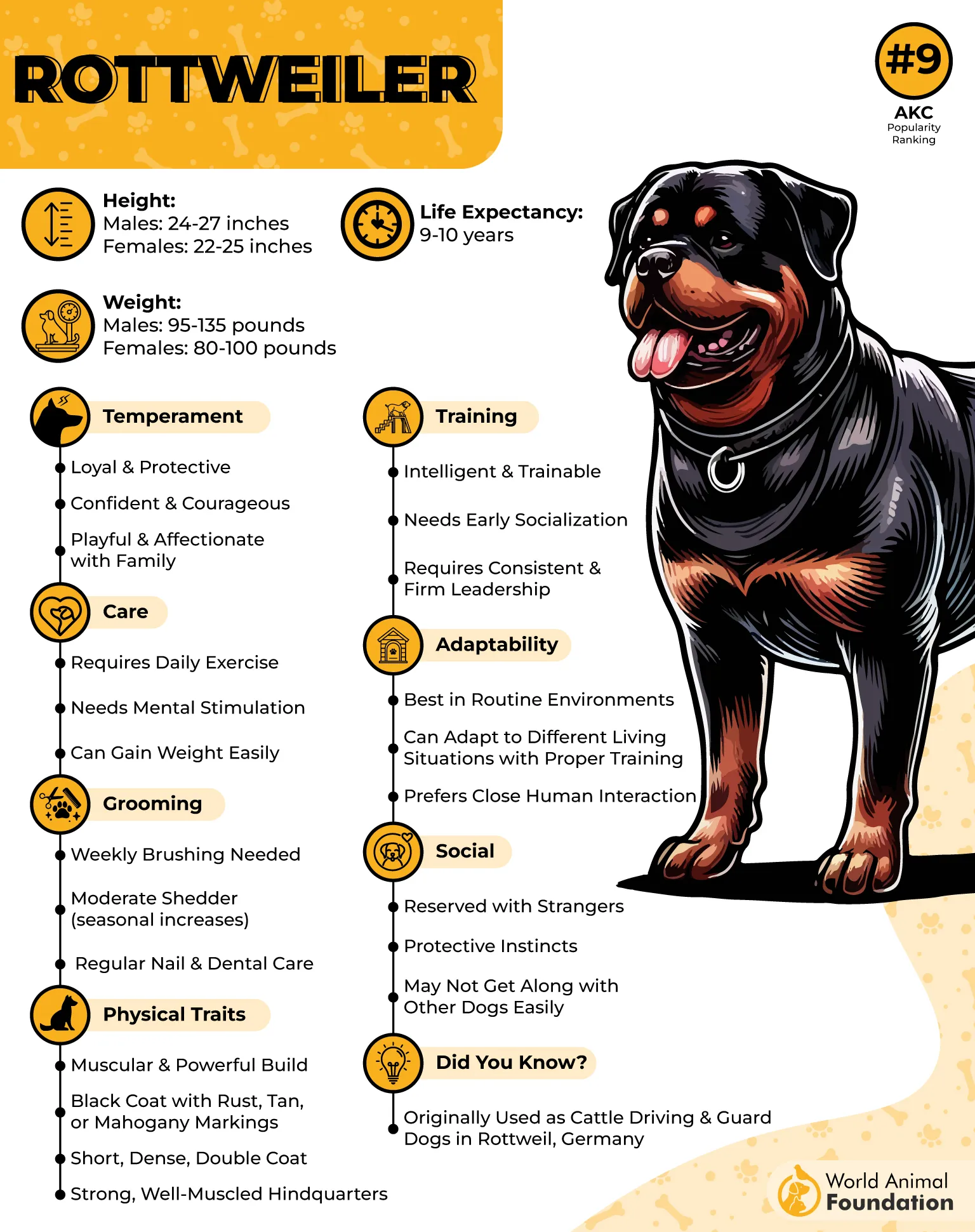
This breed thrives under the guidance of experienced handlers. A Rottweiler’s strong will and confidence make them impressive guardian, but also challenging companions for first-time dog owners. They require consistent training and socialization from a young age to ensure they remain balanced and approachable around strangers.
When it comes to training, Rottweilers test patience more than many breeds. Their loyalty often makes them selectively obedient, listening primarily to their chosen person while ignoring others. This trait can create problems in households where multiple people interact with the dog, making early boundary-setting essential.
Their imposing size adds to the challenge. Without firm leadership, a full-grown Rottie can easily overpower even the most well-meaning owner. They need daily exercise, mental stimulation, and a trainer who can balance discipline with affection.
Despite their tough image, Rottweilers are intelligent and slow to mature, usually reaching adulthood at 12–18 months. This combination of brains, brawn, and stubbornness makes them one of the strongest-willed breeds that demand dedication. Fun fact: Rottweilers were once nicknamed “butcher’s dogs” because they pulled meat carts to market.
5. Basset Hound
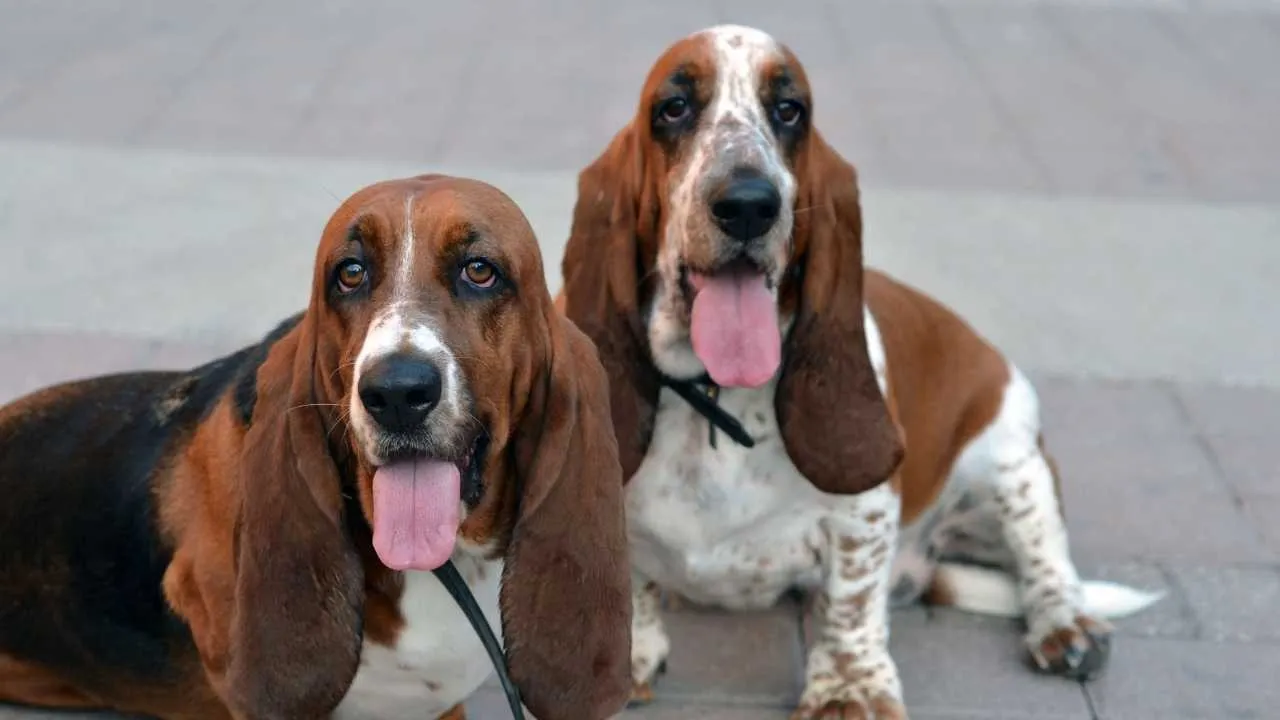
The Basset Hound, also known as the Hush Puppy dog, is instantly recognizable for its droopy ears, sad-looking eyes, and long body set on short legs.
Originally bred in France and Belgium, this scent hound was designed to track rabbits and other small game. Today, it is admired more for its laid-back temperament and distinctive appearance than for its working role.
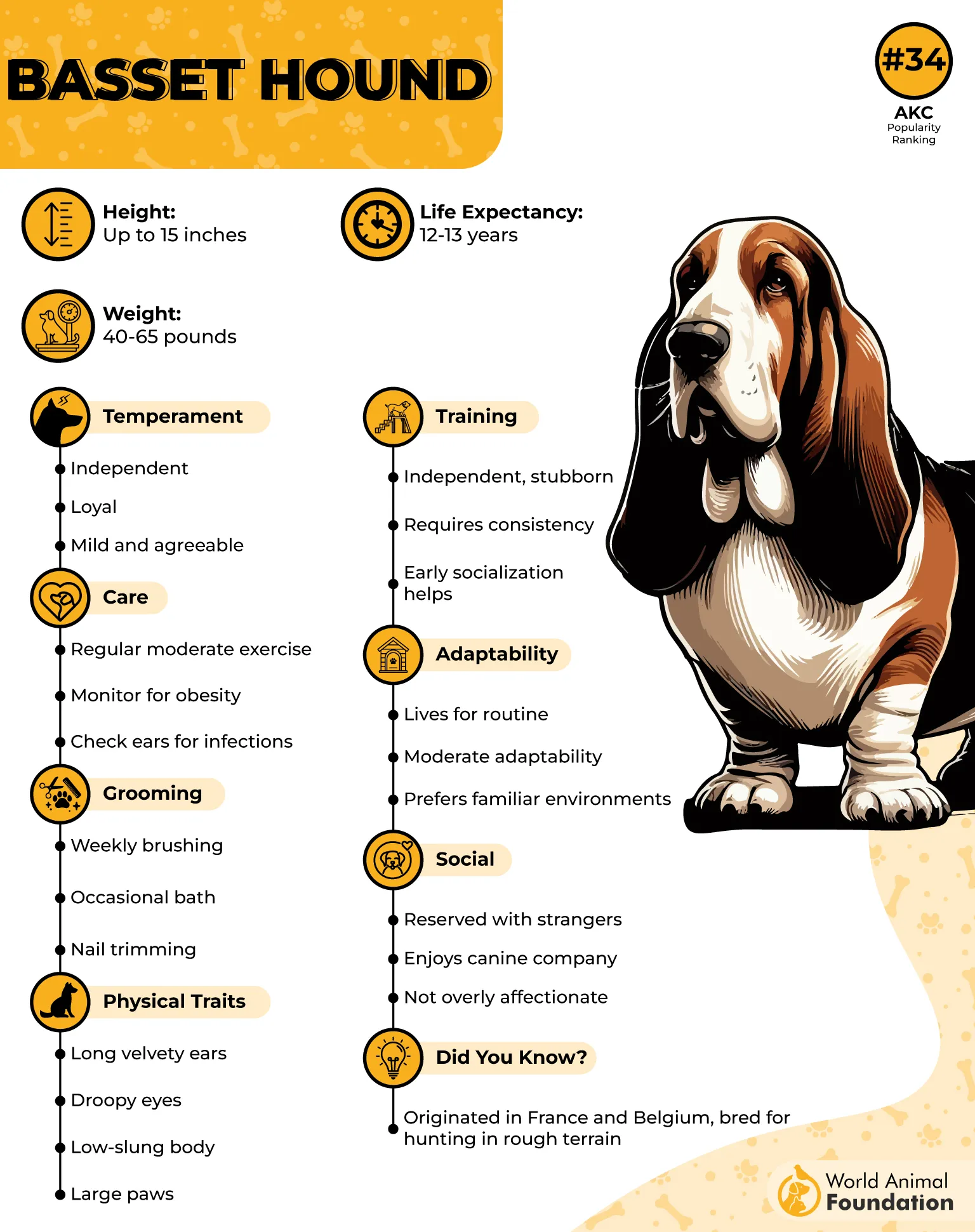
Though charming and affectionate, Basset Hounds are considered one of the most difficult breeds to train. Their independent streak comes from generations of being bred to follow scent trails, often ignoring anything else. This means commands from their owners can easily be tuned out if an interesting smell catches their attention.
When it comes to housebreaking or obedience lessons, their stubbornness can frustrate inexperienced pet owners. Patience and positive reinforcement are essential, as harsh methods only make them more resistant.
Despite being among the intelligent dogs that get bored without training, their intelligence doesn’t necessarily translate into obedience. Left without guidance, they can develop destructive behaviors like digging or excessive barking.
One advantage is their food motivation—using treats with strong scents can help redirect their attention and keep them engaged. In fact, consistent reward-based methods are often the only way to break through their stubborn mindset.
Fun Fact: The Basset Hound’s extraordinary sense of smell is second only to the Bloodhound, making it one of the best scent trackers in the dog world.
6. Beagle

The Beagle, sometimes affectionately called the “English Beagle,” is a compact hound with floppy ears and soulful eyes. Known for its merry personality and hunting background, this breed has been a popular family companion for decades.
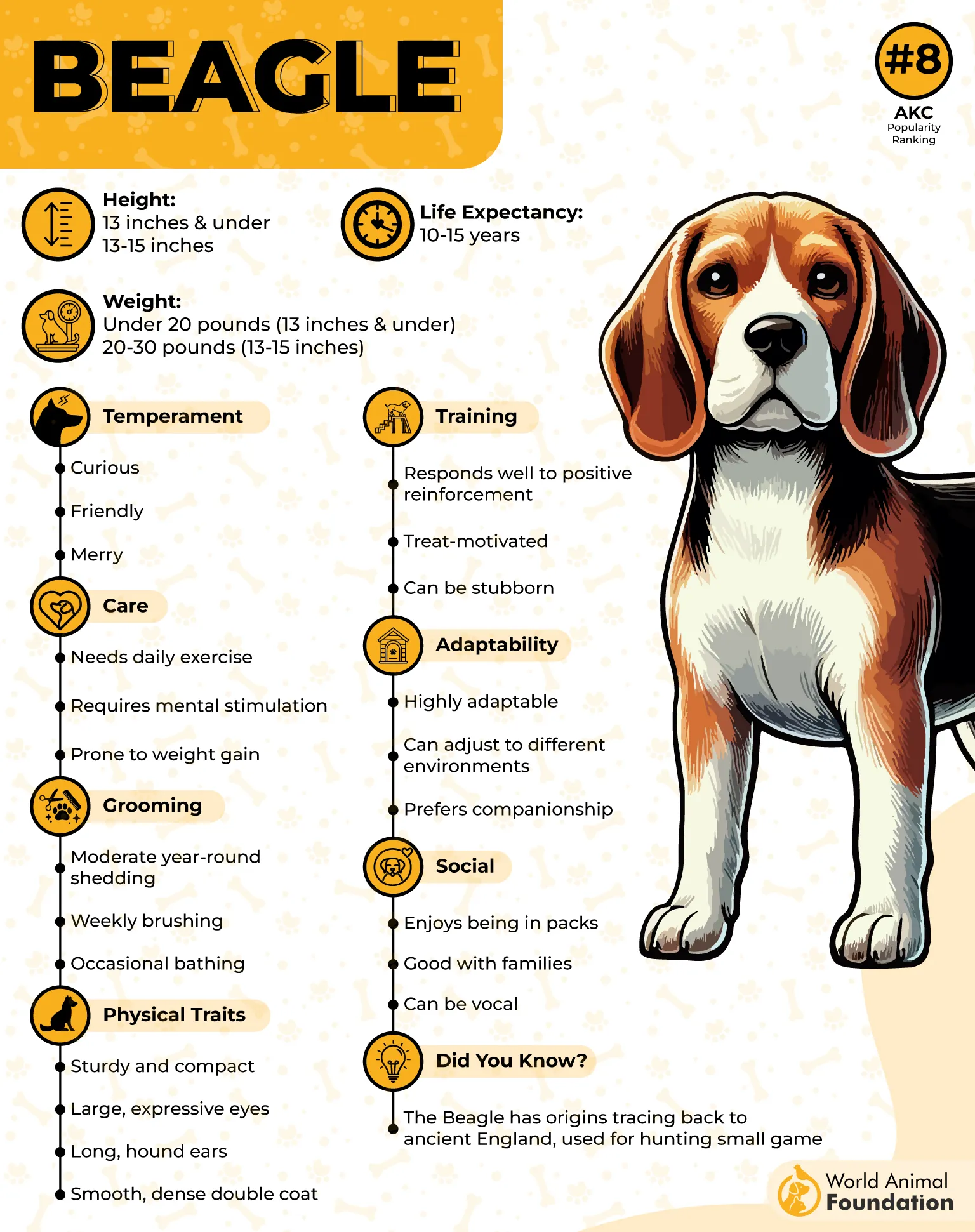
Bred originally for rabbit hunting, Beagles carry a strong scent-driven nature that makes them highly curious. Their extraordinary sense of smell is among the sharpest of any breed, often leading them into mischief if left unsupervised.
When it comes to training, Beagles are famously stubborn. Their independence means they often choose to follow an interesting trail over responding to a command. Consistency and patience are crucial if you’re considering this breed.
Because of their energy levels, they demand more than just backyard play. Without structured training and daily exercise, they can become destructive, especially when left alone for long periods. This makes them less than ideal for owners who lack the time or willingness to invest in obedience work.
Despite the challenges, Beagles are very food-motivated, which can help in training with high-value treats. Fun fact: their powerful noses make them frequent choices for airport detection dogs, proving just how reliable their scent work can be.
7. Chinese Shar-Pei
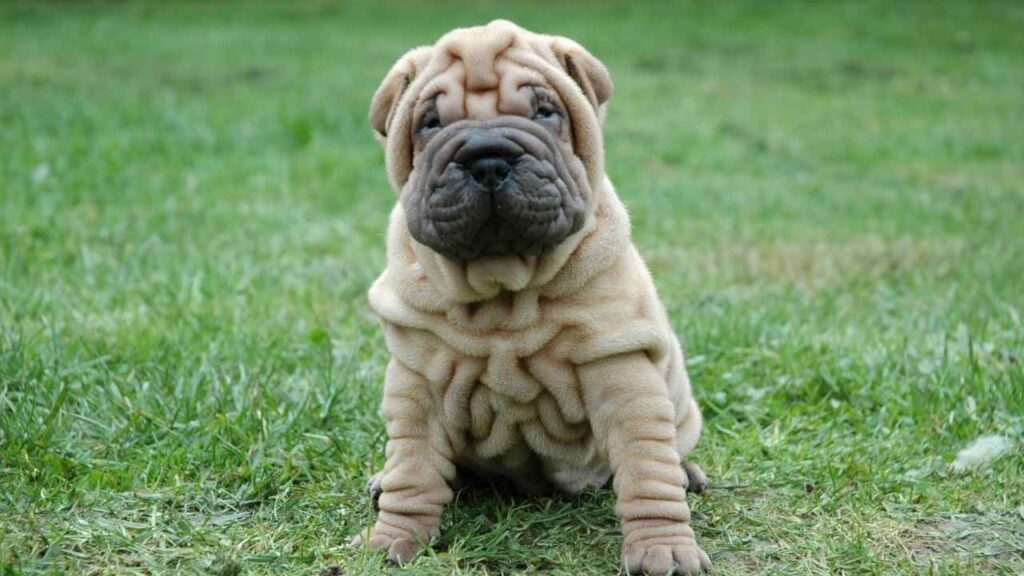
The Chinese Shar-Pei, also known simply as Shar-Pei, is instantly recognizable for its deeply wrinkled skin, short bristly coat, and signature “hippopotamus” muzzle.
Originally bred in China as guard and hunting dogs, these compact yet sturdy canines carry themselves with an air of independence and quiet dignity. Behind those adorable folds, however, lies a strong-willed personality that often challenges even seasoned dog owners.
While their appearance may suggest a cuddly companion, Shar-Peis are not ideal for novice pet parents. Their aloof and often territorial nature makes them cautious around strangers and other animals. They bond closely with their families but tend to view outsiders with suspicion, a trait that can complicate socialization if not managed early on.
Training a Shar-Pei requires firm boundaries, patience, and consistency. These dogs don’t respond well to harsh methods but can thrive with calm, confident leadership. Because of their stubborn streak, they may resist commands or ignore corrections, making them one of the harder breeds to manage compared to more eager-to-please companions.
Crowded dog parks or chaotic environments usually don’t suit the Shar-Pei. They prefer structured, quieter outings where they can explore without the stress of constant interactions. Their tendency toward territorial behavior makes them better suited to homes with older children or adults who understand canine boundaries.
Fun fact: despite their reputation for being reserved, Shar-Peis have a moderate-to-high prey drive, a reminder of their history as hunters. Short daily walks and agility exercises can help them burn energy while reinforcing discipline.
Conclusion
When it comes to dog ownership, it’s important to recognize that while most dogs can learn with time, patience, and effort, some are naturally more resistant to training. Other stubborn breeds like the English Bulldog, Afghan Hound, and Chow Chows often require extra commitment and consistent training sessions to shape their behavior.
These are the kinds of hard-to-train dogs that can overwhelm first-time owners, particularly when it comes to essentials like managing very high-energy personalities.
Unlike highly trainable dog breeds, these more independent and energetic dogs may test boundaries and frustrate even seasoned owners. For families considering these different breeds, consulting a professional dog trainer or even a canine behaviorist can make a world of difference.
Some of these difficult dogs were bred as working dogs, and while that history makes them loyal, it also means they have instincts that need careful direction. With the right approach, the dog simply needs structure to thrive—just more than other dogs might demand.


